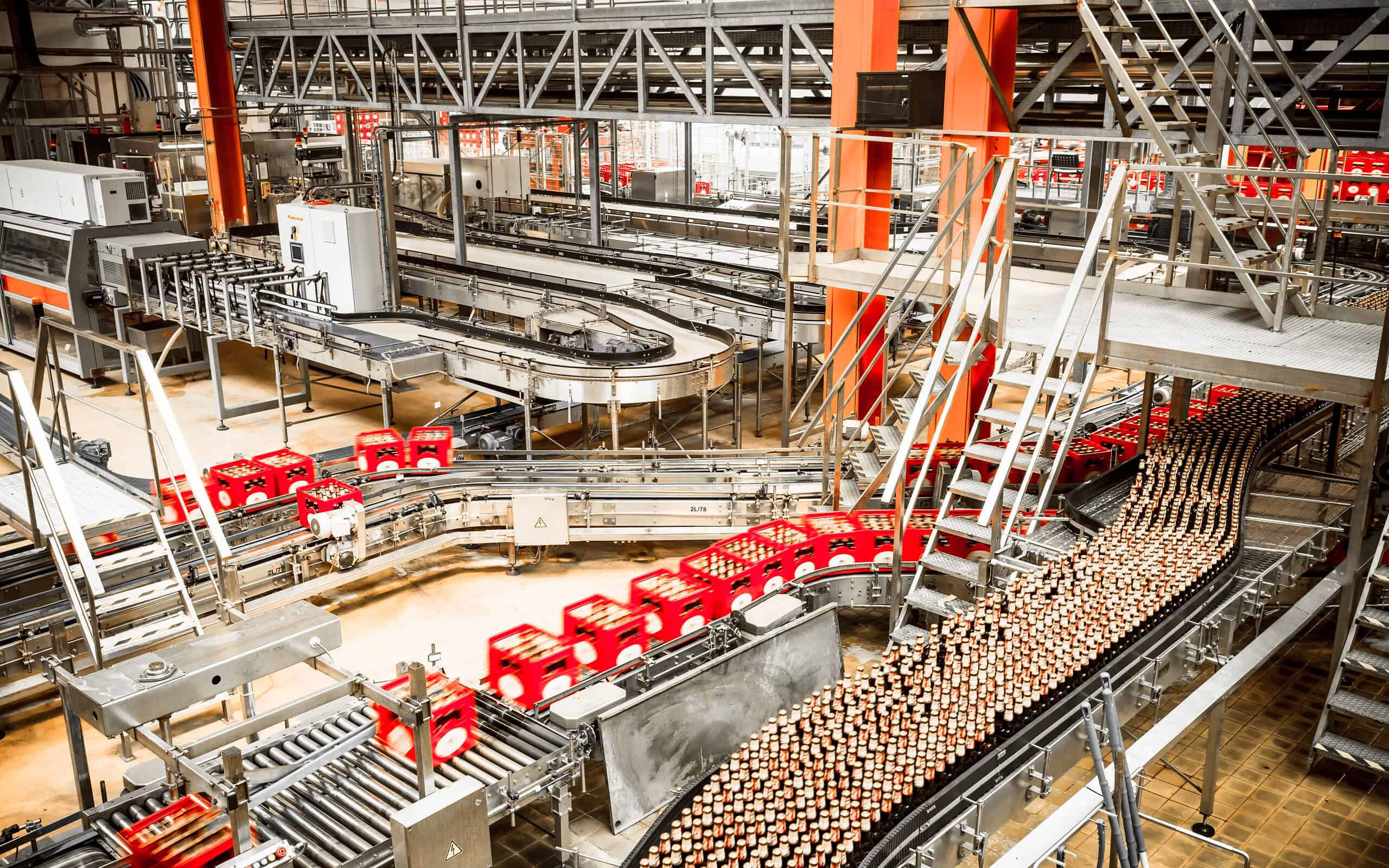
Key Points
- A fractional factorial DOE is a means of conducting experiments with multiple runs.
- They allow for reduced costs of running your equipment.
- They lost out on detail, depending on the nature of the runs.
DOE, or design of experiments, is a method of designed experimentation where you manipulate the controllable factors (independent variables or inputs) in your process at different levels to see their effect on some response variable (dependent variable or output).
This article will explore the different approaches to DOE with a specific focus on the fractional factorial design. We will discuss the benefits of using the fractional factorial design and offer some best practices for a successful experiment.
What Is a Fractional Factorial DOE?

As stated above, a fractional factorial DOE design is one of several approaches to designing and carrying out an experiment to determine the effect that various levels of your inputs will have on your outputs. The purpose of the DOE is to determine at what levels of the inputs will you optimize your outputs.
For example, if your output is the thickness of the coating to be applied to a metal sheet, and your primary process variables are speed, temperature, and viscosity of the coating, then what combination of speed, temperature, and viscosity should you use to get an optimal and consistent thickness on the metal sheet?
The experimentation using all possible factor combinations is called a full factorial design, and the minimum number of experiments you would have to do is called Runs.
Calculating It
We can calculate the total number of unique factor combinations with the simple formula of # Runs=2^k, where k is the number of variables, and 2 is the number of levels, such as (High/Low) or (400 rpm/800 rpm).
In our coating example, we would call this design a 2-level, 3-factor full factorial DOE. The number of runs would then be calculated as 2^3, or 2x2x2, which equals 8 total runs.
But, what if we had a 2-level, 7-factor full factorial design? We would then have 2^7 runs or 128 runs.
What if you aren’t able to run the entire set of combinations of a full factorial? What if you have monetary or time constraints or too many variables? This is when you might choose to run a fractional factorial also referred to as a screening DOE, which uses only a fraction of the total runs. That fraction can be one-half, one-quarter, one-eighth, and so forth depending on the number of factors or variables. Or, in our example, you could run 64, 32, or 16 runs. While there is a formula to calculate the number of runs, suffice it to say you can just calculate your full factorial runs and divide by the fraction that you and your Black Belt or Master Black Belt determine is best for your experiment.
The big question would be, which ones? Do I randomly choose the combinations to run? No, you must retain what is called orthogonality. In other words, you must select your combinations so that they are balanced and independent and that you run each factor the same number of times at both the low level as well as the high level. Your Black Belt or Master Black Belt can assist you in doing this.
Benefits and Disadvantages of Fractional Factorial DOE
Doing a fractional factorial or other screening design has several benefits but also disadvantages..
Benefit: Lower Costs
Having fewer runs will reduce the cost of your experiment.
Benefit: Speed
If you are using fewer runs then you will be able to complete your experiment in less time.
Disadvantage: You Lose Information
Since you’re not running every possible combination, you lose information regarding interactions. This also means you have a lower resolution.
Disadvantage: Complicated to Run
Knowing which combinations to select for your experiment is more complicated than a full factorial. You have to balance your resolution and your orthogonality.
DOE With Purpose
When you’re conducting any DOE, it is important to keep in mind the intent behind the experiment. While shorter DOEs can have the benefit of being less complex to run, they don’t give the whole picture. As such, it pays to know the context and intent behind your DOE before setting out to conduct multiple runs.
Why Is Fractional Factorial DOE Important to Understand?

It is important to understand that, while a fractional factorial DOE will save you time and money since you are using fewer runs, you must balance that against the interaction information that you will lose.
Know the Full Effect of Variables On Your Process
Your process variables have different impacts on your output. You need the whole picture.
The World Isn’t Made of Main Effects
The main effects are the individual impacts of each factor on the output. But the world is more complex than that, and most outcomes are a function of interactions, not just main effects. You must decide how much information about your interactions you are willing to give up by doing a fractional factorial experiment.
Conclusions Can Be Stated with Statistical Certainty
You can determine main effects, some Interactions, and other outcomes from a fractional factorial DOE using statistics, so decisions are based on statistical significance rather than hunches or “seat of the pants” conclusions.
An Industry Example of Fractional Factorial DOE
A beverage manufacturer wanted to reduce the amount of overfilled bottles on its manufacturing line. Company leadership felt that the major factors in the process were the run speed of the machine, production shift, size of the bottle, specific machine used, type of product, nozzle pressure, dispensing speed of the liquid, and desired degree of carbonation. For a 2-level, 8-factor experiment, the required runs would be 256 runs.
The original design by the Master Black Belt consisted of 100 bottles per run. He planned to take the fill level of those 100 and use the average in the calculations. Running a single bottle would have been impractical. After rethinking his design, the MBB decided to run a 1/8 fractional factorial to screen out any factors that did not seem to be significant. This only required 32 runs.
They determined that, after doing the calculations and analysis, only three factors were statistically significant, but due to the low resolution, they were not able to learn anything about the interactions. A full factorial was then run using the three factors.
The optimal settings suggested by the experiment were used in a confirmatory run to see if the changes improved the fill level. It did, and they replicated the new settings on the rest of the machines.
Best Practices for Fractional Factorial DOE
Running a DOE requires planning and discipline. The results of your experiment can become contaminated and untrustworthy if you don’t take care.
Define Your Factors and Desired Outcomes
Know what factors are likely to be most important and how you are going to measure them.
Minimize the Noise
Since you’re only interested in the impact of your chosen factors on the response, remove any other factors that might contaminate your experiments. Control and minimize any other factors around you so they don’t inadvertently impact your experiment.
Know When a Fractional Factorial Is Appropriate
If you have a large number of possible factors, you’ll be doing a large number of runs, which can get costly and time-consuming. To help screen out the factors that aren’t important, use appropriate screening experiments, such as a fractional factorial.
Other Useful Tools and Concepts
There’s still plenty more to explore when it comes to DOE. For example, understanding how to integrate replicates in your DOE is vital for their success. While running repeat tests can be time-consuming, you’re enhancing the accuracy of your DOEs.
Further, you might want to consider learning how to use Plackett-Burman experimental design. This is a different approach to DOE that considers the most crucial elements early in the design stage. In turn, this allows for screening out of chaff that shouldn’t be considered when designing your tests.
Conclusion
Designed experiments in general are powerful statistical tools to understand your process and optimize your output. You must take care to do the DOE with planning and discipline so the results are meaningful.
In a fractional factorial DOE, you will identify the appropriate output you want to improve and the factors or variables you believe impact that output. Once you’ve identified the factors, you will want to determine the levels or settings you’d like to explore and the fraction of unique combinations of the factors and levels. This fraction can be used to screen out irrelevant factors, saving you time and money. A full factorial DOE can be done later with the reduced number of possible factors.
After running your experiment, you’ll usually use a statistical software package to analyze your results. From there, you’ll be able to statistically determine the main effects of your factors, the interactions between the factors, and the optimal levels or settings.